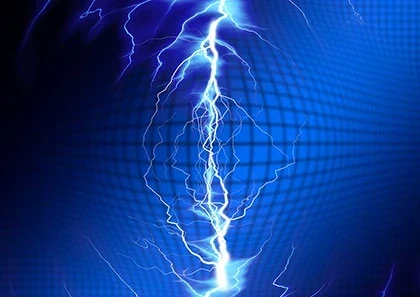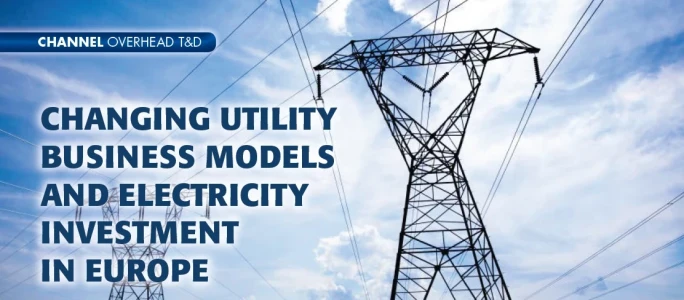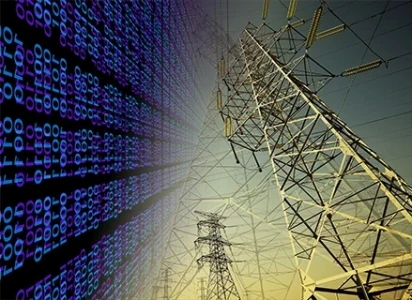BIG DATA ADVANTAGES

Currently, modern electric utilities are facing an avalanche of new data. Each new system deployed presents a tremendous amount of information that can provide great value to the utility. Unfortunately, the tools available to work with this information are often rudimentary and create difficulties to take advantage of the potential value “locked up” in this data.
For example, a modern advanced metering infrastructure (AMI) system can collect meter readings much more frequently than what is actually necessary for basic customer billing. Current systems can collect meter readings every hour, or even more frequently, if desired.
In addition, modern residential meters can measure voltages, move power flows forward and backwards, count power blinks, report outages, and detect a variety of operational problems, including tampering. Modern polyphase meters can measure power factors, voltage balance between phases, harmonic content, and reactive power, among others. The AMI head end collects all the aforementioned information, but utilities are having difficulties using the collected data.
Besides AMI, other systems within the modern utility also produce valuable data. SCADA (supervisory control and data acquisition) systems, for example, collect high-precision voltage and current measurements, control and monitor substation components, and maintain a rich archive of current and historical data. All of this information is collected in the SCADA head end (or Historian).
Another example is field activities, which also generate detailed data of operational conditions, current settings, maintenance activities, and equipment failure data. All of this information is collected in the work order system. Lastly, Smart Grid devices are becoming more commonplace, with networked reclosers, line monitors, distribution transformers, and capacitor bank controllers, each contributing a stream of data values that provide valuable information.
However, with all of these features, utilities still face challenges when they try to make use of the massive amounts of data that is being collected from their infrastructures









